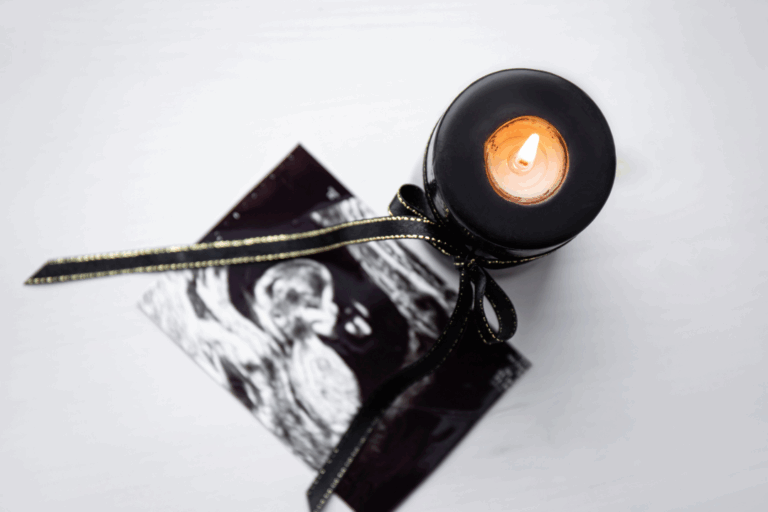Your newborn baby arrives in our busy world from the most soothing sensory environment – the womb. Over the course of the first three months of life, your baby takes time to adjust to our busy sensory world and the somewhat noxious visual, tactile and auditory input.
There are simple tips can that can make all the difference to preventing colic and settling a fractious newborn.
Be sensitive to your baby’s sensory world and his sensory load.
- When your newborn starts fussing, take notice of the smells and sights he is being subjected to.
- When your newborn starts fussing, take notice of the smells and sights he is being subjected to.
- Longer than 10 minutes under a mobile that your baby can’t escape can be enough to over stimulate a newborn.
- Don’t wear overwhelming smells such as perfume or after shave in the early days.
- Watch the sounds in the environment – your baby is sensitive to loud or unpredictable sounds.
Swaddling mimics the world of the womb by inhibiting the startle reflex and giving deep pressure that calms the sensory system. In the same way a deep hug feels settling and a tranquil massage soothes, the deep touch of swaddling is exactly what babies need.
Soothing movement like the lulling movement of the womb world is calming for babies. Carry your newborn in a sling so that he is well supported and feels calmed by the deep pressure and calming rocking motion.
Soothing sounds are an excellent way to calm a cranky baby. Newborns respond amazingly to the familiar sound of the womb. White noise, such as intrauterinesounds and ambient world sounds, masks the noise of the world and thus calms fractious babies. In recent research on the effect of white noise it was found that playing white noise at a volume similar to a babies’ cry decreased time spent crying by 30%.




